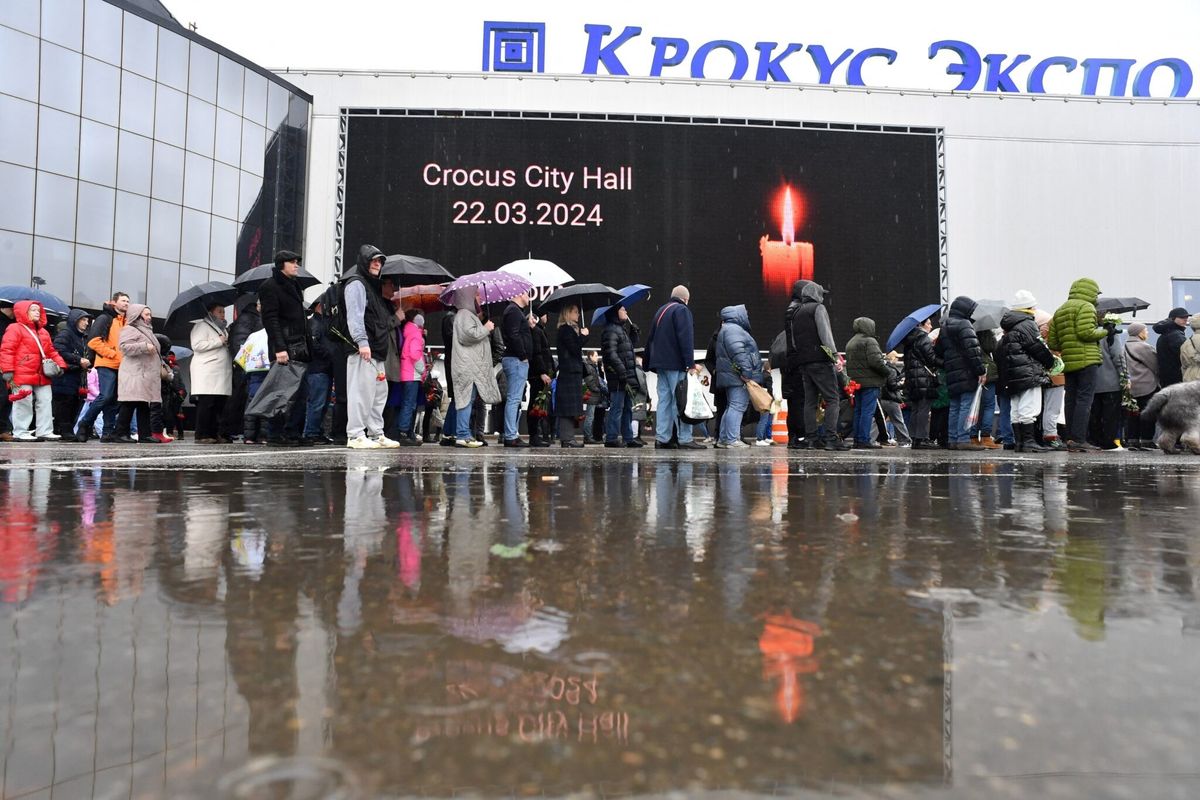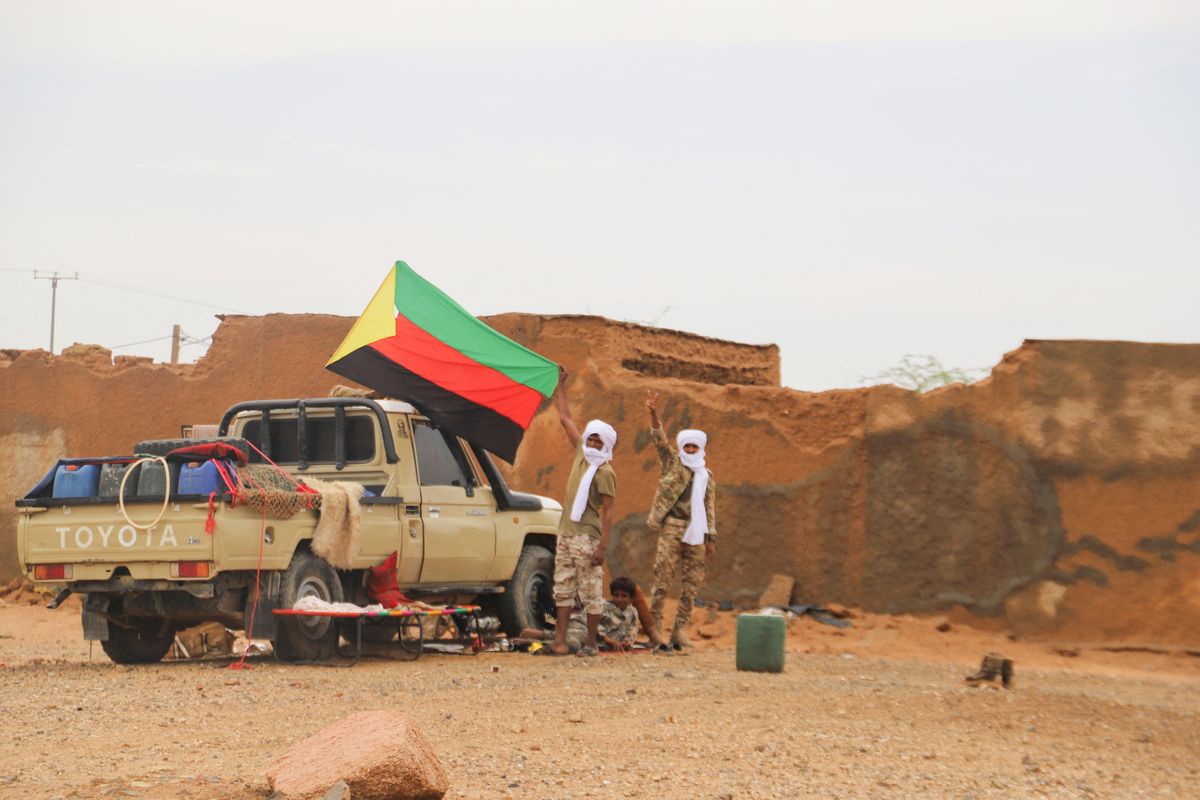As a Catholic-majority nation with a large Muslim minority in the southern islands, the Philippines has struggled with religious strife for decades. While extremist violence is not a new phenomenon, ISIS’ powerful message calling for global jihad has galvanized cooperation among extremist groups and attracted foreign militants to fight in the Philippines rather than in Syria and Iraq. As fighting over the city of Marawi enters its fourth week, militants maintain control of 20 percent of the city in spite of superior government firepower and troop numbers. As many as 1,000 civilians may still be trapped in militant-held territory. The Cipher Brief asked Richard Heydarian, a professor at De La Salle University in Manila, about the significance of the ongoing battle of Marawi for the Philippines and what it could mean for the strained relationship between the Philippines and the United States.
The Cipher Brief: The recent attack in Marawi is the boldest in recent memory, but Islamist extremism in the Philippines is not a new phenomenon. How did this conflict begin in the Philippines and how long has it been going on?
Richard Heydarian: There was a similar attack but on a far larger city in Mindanao only few years ago. Back in 2013, a splinter faction with the Moro National Liberation Front (MNLF), allegedly led by Moro ideologue Nur Misuari, led a daring siege on the Christian-majority city of Zamboanga, a major port city and a commercial hub in southern Philippines. It took the combined forces of the Philippine army, navy and air force — with sustained aerial raids and large deployment of troops, to end the siege, which lasted for more than two weeks. The attack on Marawi is just the latest manifestation of a five decades-long cycle of violence in the island of Mindanao, which is deeply rooted in profound grievance and (real and perceived) marginalization experienced by the Muslim minority in the Catholic-majority Philippines, coupled with the infiltration of extremist ideology into the troubled south from South Asia and the Middle East. The difference this time, however, is that we are witnessing the emergence of a broad coalition of Jihadi-extremist groups under the flag of the so-called Islamic State. More troubling is the “internationalization” of the Jihadist-extremist network in Mindanao, with foreign fighters from as far as the Arab world and the Caucasus reportedly among those who were involved in the attack on Marawi city.
TCB: How has the emergence of ISIS as a terrorist group with a global presence influenced the extremist groups based in the Philippines?
Heydarian: The emergence of a crystalized coalition of IS-affiliate groups marks the intersection of two troubling factors, one exogenous and one endogenous. In many ways, the Philippines is confronting a perfect storm. On one hand, this is the product of the IS command’s pivot to Asia, a process that began in 2015 as “hijra” (migration) for international sympathizers became difficult-to-impossible due to coalition forces’ growing presence in the region and tighter border controls in southern Turkey. As the IS’ command suffers more military setback in the heart of the Caliphate, thanks to successful U.S.-led military operations in western Iraq and eastern Syria, it is also increasingly – similar to al-Qaeda in the 1990s – looking for alternative havens. Mindanao, with its porous borders, deep under-development, and weak state institutions, has always been an attractive haven for international Jihadists, who have aided local Jihadi movements such as Abu Sayyaf and Maute groups, and are at the forefront of efforts to carve out a Wilayat (province) or “distant Caliphate” in East Asia.
The second factor is the stagnation in peace negotiations between the Philippine government and the major Islamist rebel groups — especially the Moro Islamic Liberation Front (MILF), which boasts as many as 12,000 fighters and is in de facto control of large parts of central Mindanao – because of the Mamasapano clashes in early 2015. The election of Rodrigo Duterte, the first Filipino president from Mindanao, raised some hopes for a swift restoration of the peace process, but he instead largely focused on his campaign against illegal drugs and peace negotiations with communist rebels. The ensuing peace vacuum has provided a conducive environment for the expansion of IS-affiliate elements.
TCB: How significant is the recent conflict in Marawi in terms of its effect on the country? How might it impact policy of the Duterte Administration moving forward? Do you think this conflict will have any effect on the strained relations between the U.S. and the Philippines? Will this be an opportunity for cooperation or will Duterte look elsewhere (perhaps to Russia or China)?
Heydarian: As I have argued for months, the imperative of counter-terrorism will bring the two estranged allies together, especially with (i) Washington setting aside differences over human rights issues to provide maximum assistance for the counter-terror operations in the Mindanao and (ii) the Philippine government is struggling to deal with the Mindanao crisis on its own. On Duterte’s part, despite his preference for less strategic dependence on America in favor of Eastern powers, he has to be realistic, since the U.S. is the only country that has necessary legal arrangements (i.e., Mutual Defense Treaty, Visiting Forces Agreement, and Enhanced Defense Cooperation Agreement) to provide high-grade intelligence, large volumes of advanced equipment in the form of grants, and deploy Special Forces to assist Filipino troops on the ground. Crucially, Washington is the only external power that has a long history of inter-operability with Philippine troops, who are deeply reliant on American training, intelligence, and weaponry. Neither China nor Russia, which remain mistrusted by the Philippine military and political establishment, have similar legal arrangements with the Philippines. Not to mention, Moscow and Beijing have a pretty weak record in terms of dealing with Islamist insurgencies in their own backyard, whether in Xinjiang or Chechnya, though they could provide intelligence on foreign fighters hailing from their areas of jurisdiction and light weapons for combat operations.
Overall, as I have predicted, the crisis in Mindanao will bring Manila and Washington closer together. Over the coming months, notwithstanding imponderables, Duterte and Trump are expected to hold at least one, if not several, talks on the sidelines of the APEC and East Asia Summit, if not in the White House. A reset in bilateral relations is likely on the horizon.












